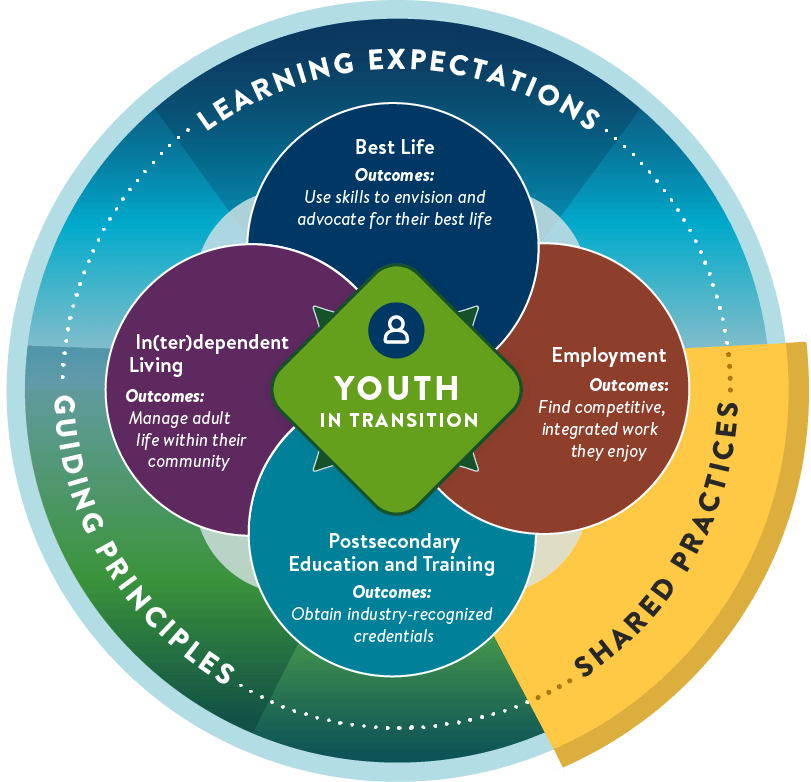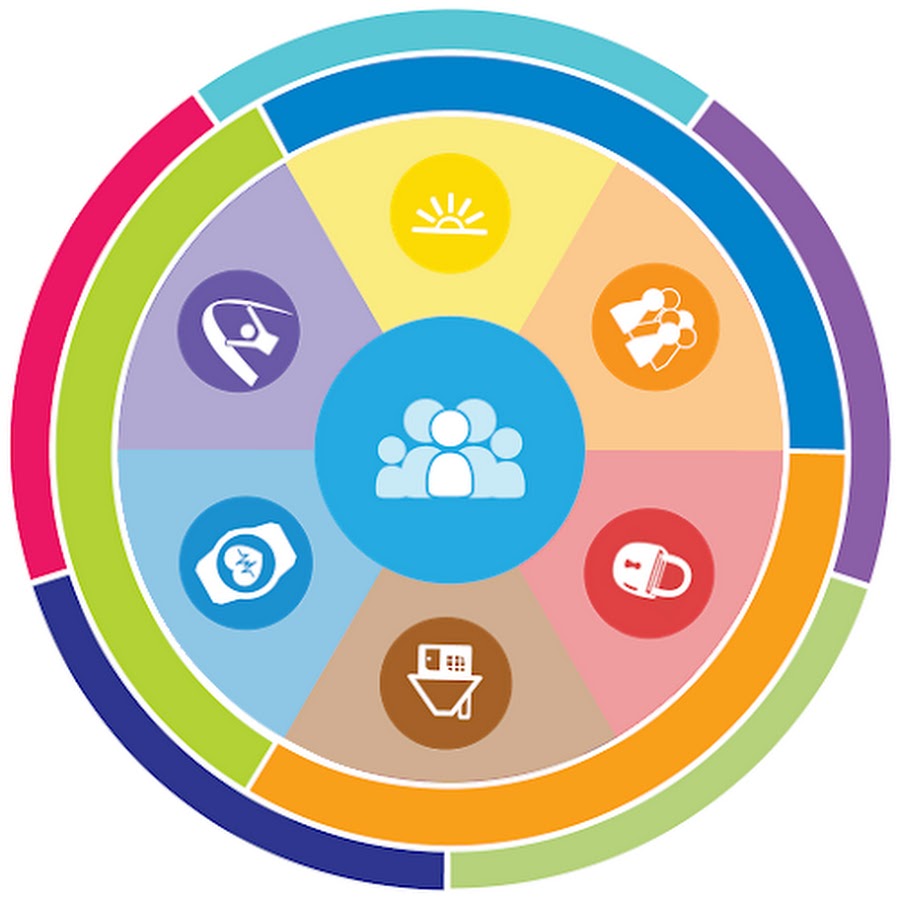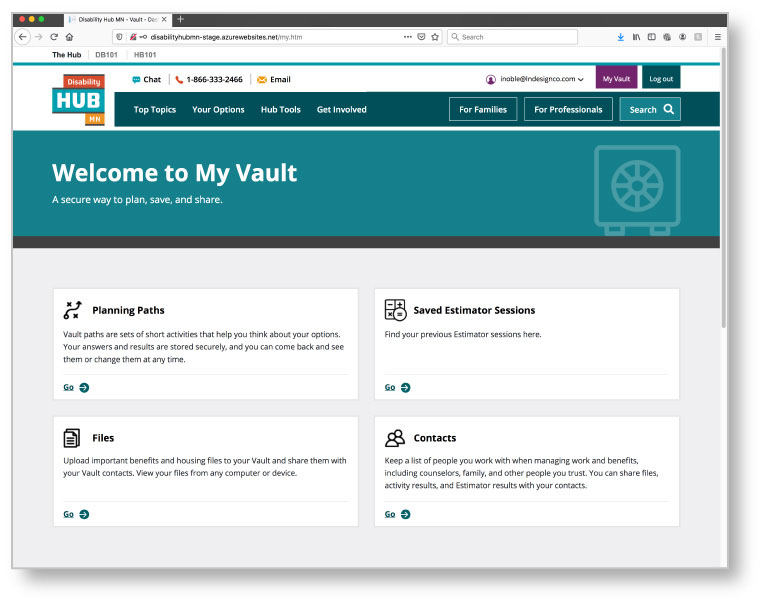 Shared practices are collective ways of working. When we all use the same practices, processes and tools, we can create consistent person-centered experiences for youth and families while optimizing the role of everyone on the transition planning team.
Shared practices are collective ways of working. When we all use the same practices, processes and tools, we can create consistent person-centered experiences for youth and families while optimizing the role of everyone on the transition planning team.
Shared practices can result in better outcomes for youth, improve engagement by families and make the jobs of staff easier in the long run.
The Framework’s shared practices are:
1. Person-centered practices
2. Collaborative partnerships
3. The youth planning process





